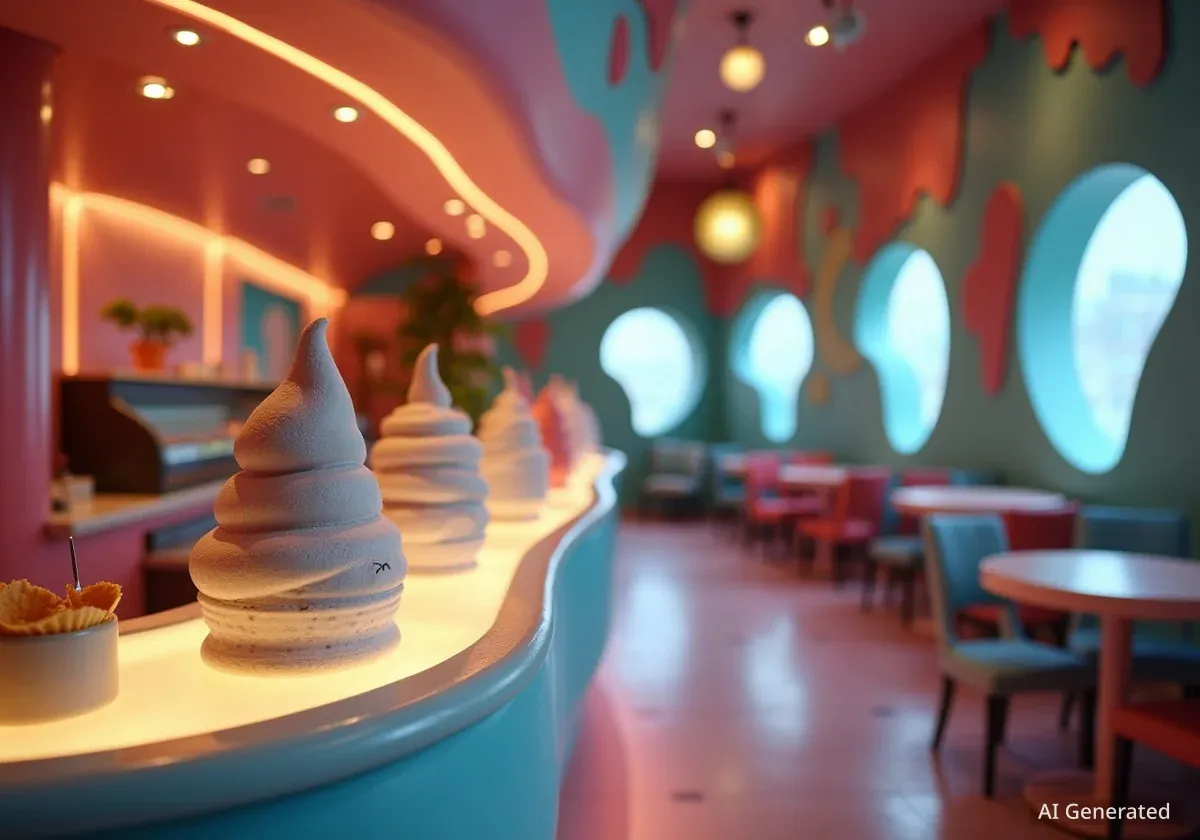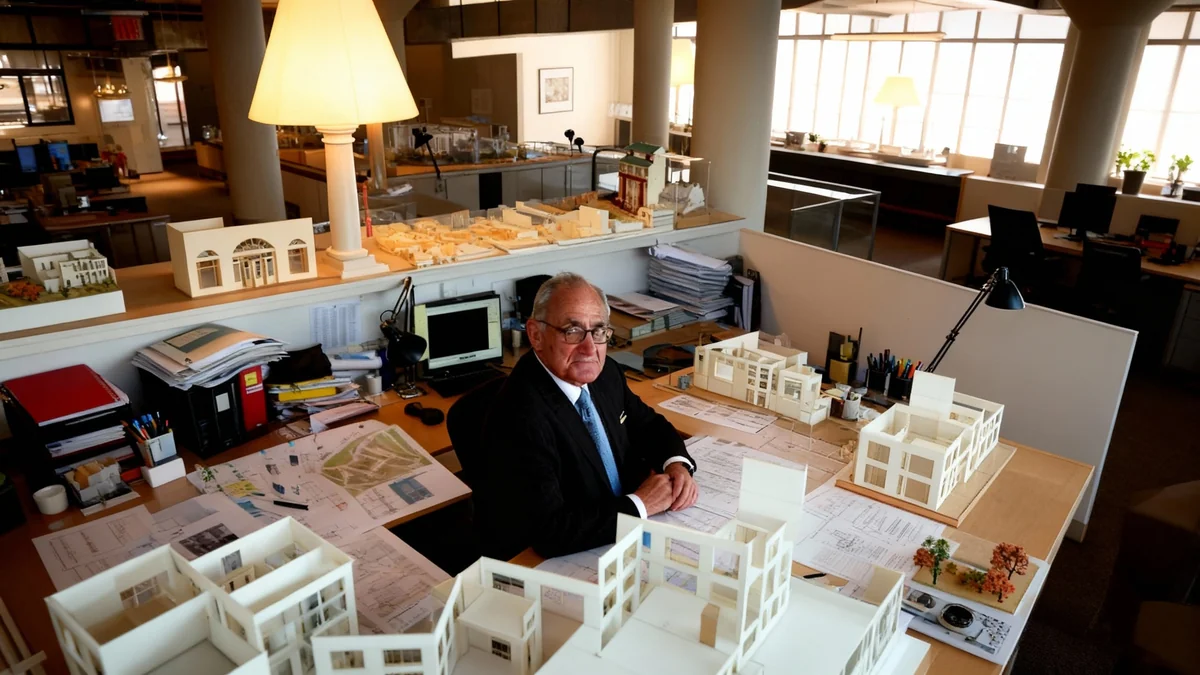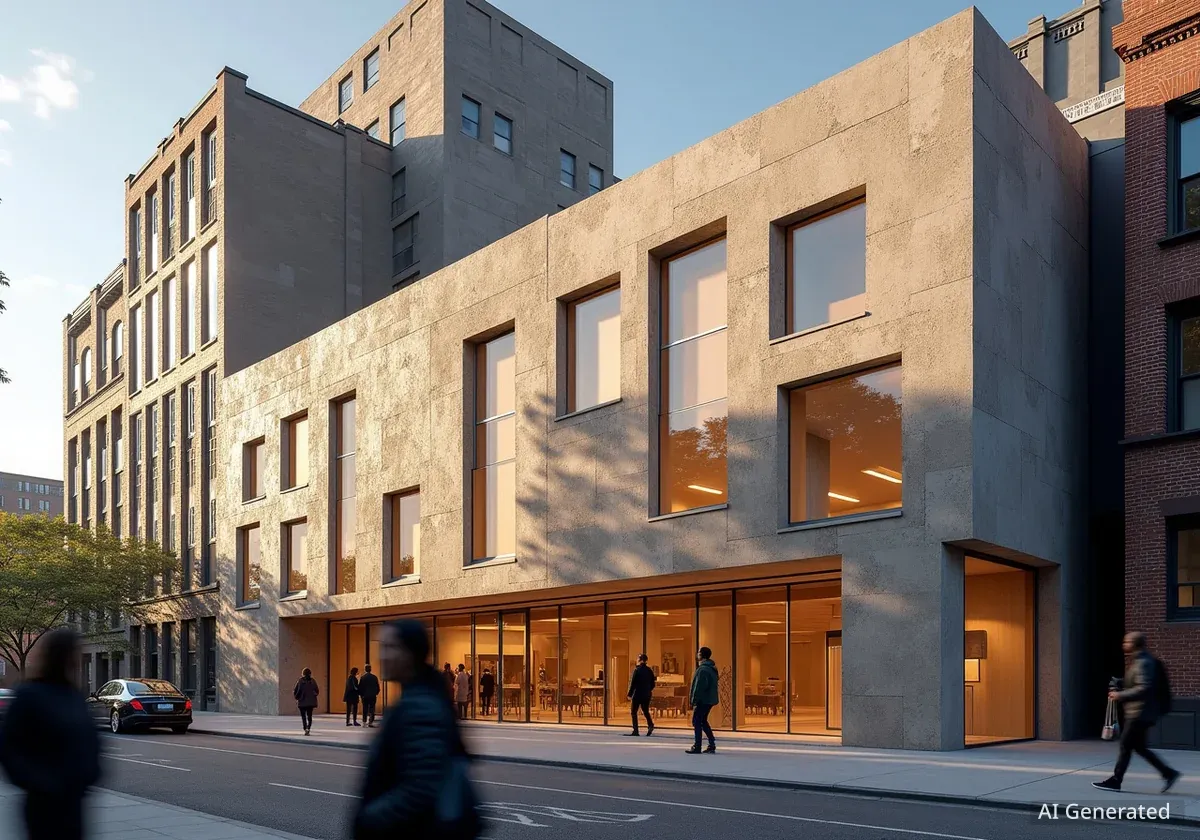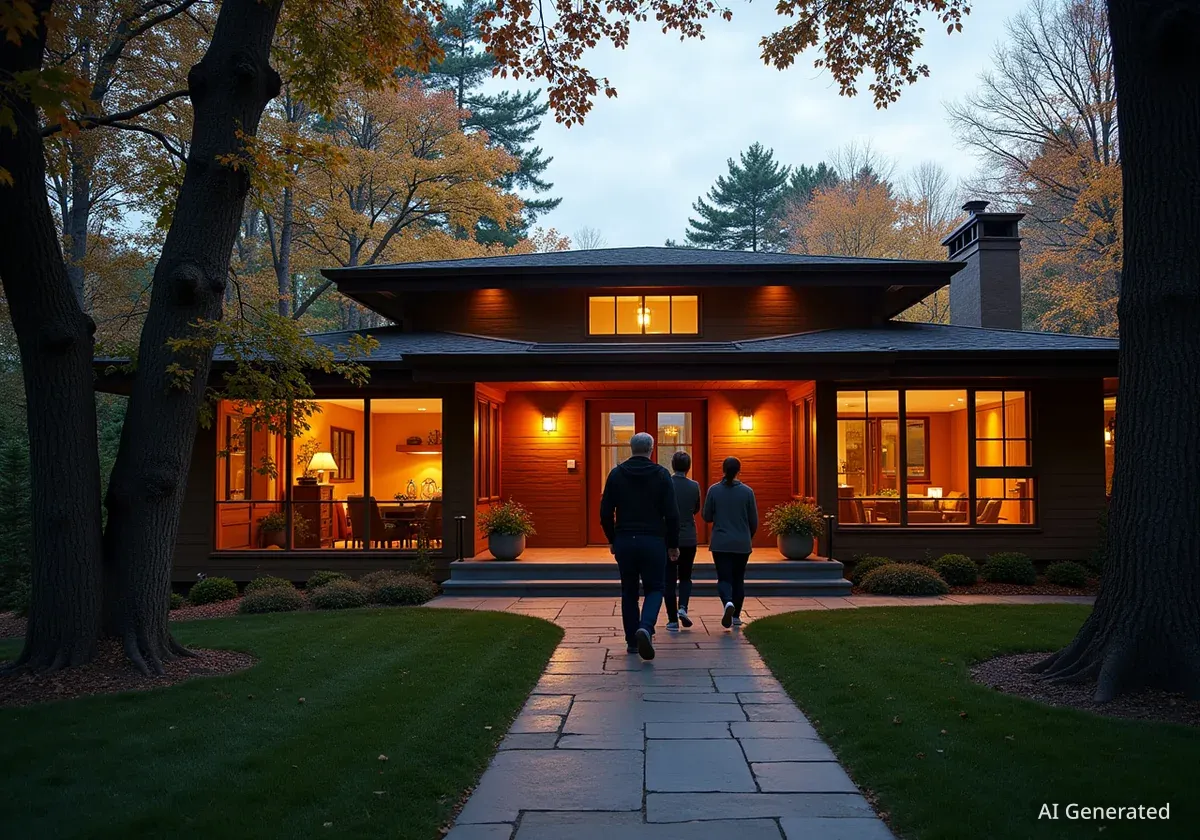Foguel Studio has transformed an ice cream shop in Tandil, Argentina, into a unique space that blends architectural design with a theatrical sensibility. The project, named Figlio, moves away from traditional retail aesthetics, presenting an environment rich in sculptural elements and artistic references. It aims to evoke childhood wonder and a sense of fantasy through its design.
Key Takeaways
- Foguel Studio created the Figlio ice cream shop in Tandil, Argentina.
- The design features a sculptural and theatrical aesthetic, departing from conventional retail.
- Materials are shaped to resemble ice cream ingredients, like marble 'cream' moldings and solid-wood 'cone' tables.
- A seven-meter tall central sculpture combines Greco-Roman art with contemporary irony.
- The project emphasizes architecture as a form of playful fiction and artistic expression.
Figlio Ice Cream Shop: A Blend of Art and Commerce
The Figlio ice cream shop represents an artistic statement by Foguel Studio. It incorporates elements of drama, romanticism, and irony. The studio's founder, an industrial designer and artist with training in scenography and costume design, applied a theatrical approach to the interior. This method ensured that both materials and symbolic meanings played crucial roles in the overall design.
The interior design uses various materials to mimic sweet treats. For example, marble is shaped into 'cream' moldings and capitals. Solid wood forms tables that resemble ice cream cones. Resin is crafted into 'cocoa flowers,' and cement becomes 'bonbons.' These choices create an immersive experience for visitors, blurring the lines between the shop's function and its artistic presentation.
Design Details
- Marble: Used for 'cream' moldings and architectural capitals.
- Solid Wood: Forms tables shaped like ice cream cones.
- Resin: Crafted into 'cocoa flowers' for decorative elements.
- Cement: Shaped into 'bonbons' as part of the decor.
- 3D Printed Reliefs: Vases display unique reliefs interpreting ice cream flavors.
Central Sculpture and Historical References
A prominent feature of the Figlio shop is a seven-meter-tall hybrid sculpture. This central piece reinterprets classical Greco-Roman masterpieces with a modern, humorous perspective. The sculpture's design is rich in intertextuality, referencing famous works like those by Michelangelo and the Colossus of Rhodes. It also draws inspiration from films such as Sorrentino’s 'The Great Beauty.'
This ornamental excess reflects a postmodernist design philosophy, characterized by the motto:
“Less is boring.”The aim was to create a space that is both commercially functional and artistically monumental. It combines advanced technology, such as state-of-the-art screens, with raw stone claddings, intricate marble sculptures, and even textures reminiscent of tiramisu.
The Vision of Foguel Studio
The founder of Foguel Studio, based in Buenos Aires, has previously received awards for ephemeral works created from ice. With the Figlio project, the studio translates the temporary nature of ice into permanent stone. This approach celebrates architecture as a form of fiction, an operation that transforms fantasy into tangible structures. The design is playful, instinctive, and intellectual, making the space memorable for its visitors.
The studio’s background in scenography is clearly visible in the design. Every element contributes to a narrative, turning decoration into a storytelling device. The space blurs boundaries between art, architecture, and set design, creating an environment where imagination takes center stage. This conceptual depth adds another layer to the customer experience, making it more than just an ice cream purchase.
Postmodernism in Architecture
Postmodern architecture emerged in the 1970s, rejecting the strict rules of modernism. It often incorporates humor, irony, and historical references. Key characteristics include:
- Eclecticism: Mixing different styles and periods.
- Symbolism: Using elements to convey meaning.
- Ornamentation: Reintroducing decorative elements.
- Contextuality: Responding to the surrounding environment and culture.
The Figlio project exemplifies these principles by blending classical art with modern commercial design.
The Role of Detail and Texture
Attention to detail is evident throughout the Figlio shop. The vases, for example, feature 3D printed reliefs. These reliefs are designed to reinterpret each ice cream flavor, adding a subtle layer of artistic expression. The vases are placed within stone-textured wall recesses, further integrating them into the overall design theme.
The composition of the interior turns every decoration into a narrative component. This meticulous approach ensures that visitors encounter engaging visuals at every turn. The coexistence of commercial elements with monumental sculptures creates a dreamlike atmosphere. It invites customers to engage with the space on multiple levels, appreciating both its functional purpose and its artistic ambition.
The project demonstrates how design can enhance a simple commercial venture. By infusing the space with a unique identity and artistic depth, Foguel Studio has created a destination rather than just a shop. This approach can lead to increased customer engagement and a stronger brand identity. The blend of art and commerce offers a new model for retail spaces.
Future of Retail Design
The Figlio project highlights a growing trend in retail: creating immersive and memorable experiences. As consumers seek more than just products, unique architectural and interior designs become vital. This type of design can transform ordinary spaces into cultural attractions. It encourages visitors to spend more time, interact with the environment, and share their experiences, often through social media.
This shift indicates that future retail spaces may increasingly prioritize artistic expression and experiential design. The integration of technology, art, and traditional materials, as seen in Figlio, could become a standard for innovative commercial environments. Such designs not only attract customers but also contribute to the cultural landscape of a city.




